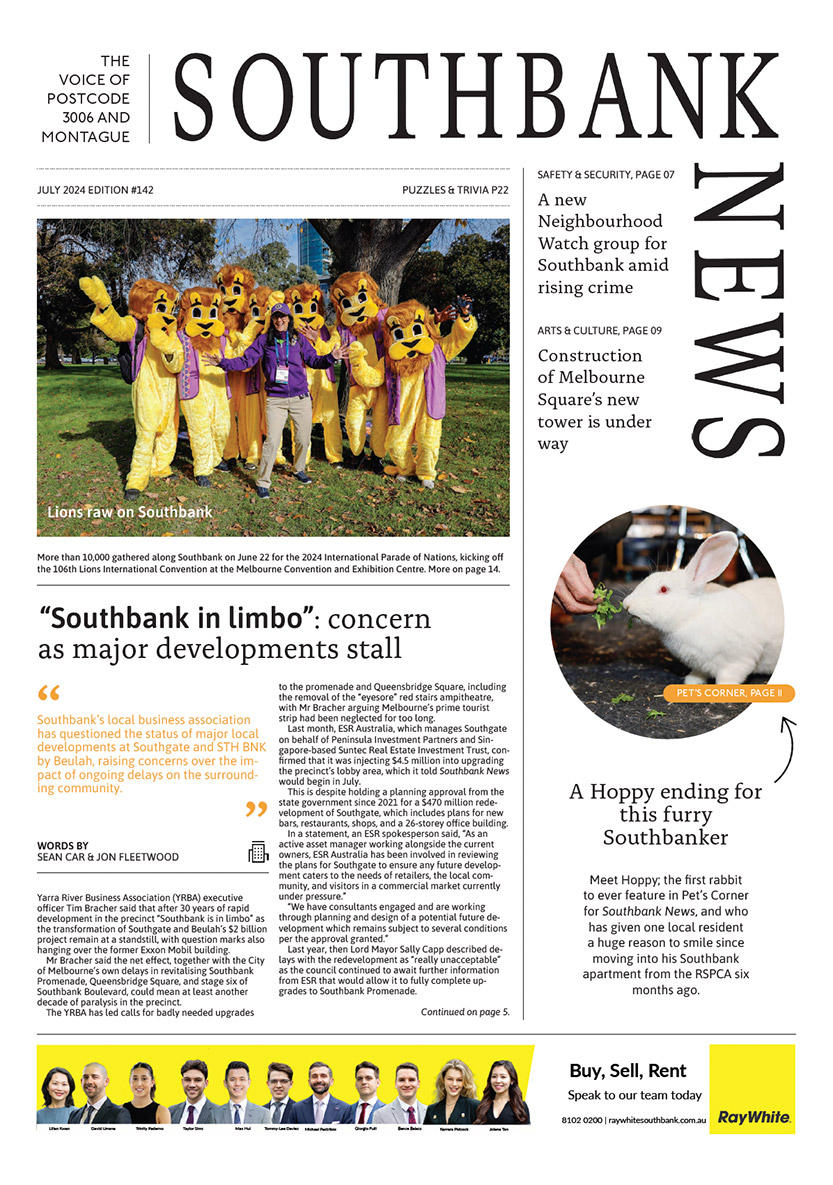“Biggest rewrite” of urban design rules given tick of approval
By Brendan Rees
The City of Melbourne will be “raising the bar” in future developments after rigorous new planning rules were ushered in to prevent “ugly towers” ruining skylines and streetscapes.
In what has been described as the “biggest rewrite” of the city’s urban design rules in 25 years and recently approved by the state government, the council said the new rules would mean it could “aim higher” with new building developments in the city and Southbank.
“This is what building back better looks like, this is a revolution for the city at the eye level, this is about drawing a line and saying from now on Melbourne must aim higher,” Deputy Lord Mayor Nicholas Reece said.
“We’re raising the standard for development to protect our streets from featureless facades and our skyline from ugly towers that are nothing more than spreadsheets in the sky.”
Minister for Planning Richard Wynne approved the council’s new central Melbourne design guide and associated planning scheme policy – the “biggest overhaul” of urban design rules since the 1990s.
The council said the new rules would mean “raising the bar for design and architectural considerations for buildings, including how buildings relate to streets and public spaces”.
It will focus on car parks being built underground and building services such as fire control rooms, air conditioning vents, electrical substations and rubbish areas being restricted to 40 per cent of ground level in new developments.
The retail core requirement of buildings will also be expanded to 80 per cent active frontages to streets.
New requirements to integrate good design from the first step of the planning process will be introduced to encourage “well considered and resolved design detail” for the lower levels of new buildings.
Mr Reece said the new guide would help the council ensure new developments were “high quality” and encourage “street level activation and character” which would in turn “boost economic development” and “ensure premium visible city space is better used” by the community.
“Melbourne has some fantastic buildings which demonstrate innovation and contribute to world class streets, but in recent times there have been too many examples of where we have fallen short,” he said.
“Now there is no excuse for unattractive and unimaginative lower-level building interfaces, forcing pedestrians to look at car parks, monotonous glass panels, or ugly building services.”
The Deputy Lord Mayor added residents, workers and visitors would benefit from the new rules, particularly as COVID-19 restrictions ease.
“We want to ensure people are returning to a safe and sophisticated city that promotes the best possible design and experience,” Mr Reece said.
“We want to see Melbourne come back better than ever. To do this, it’s vital that we support high-quality urban design to help get Melbourne back on its feet." •

Sally Capp: one last chat as Lord Mayor of Melbourne







 Download the Latest Edition
Download the Latest Edition